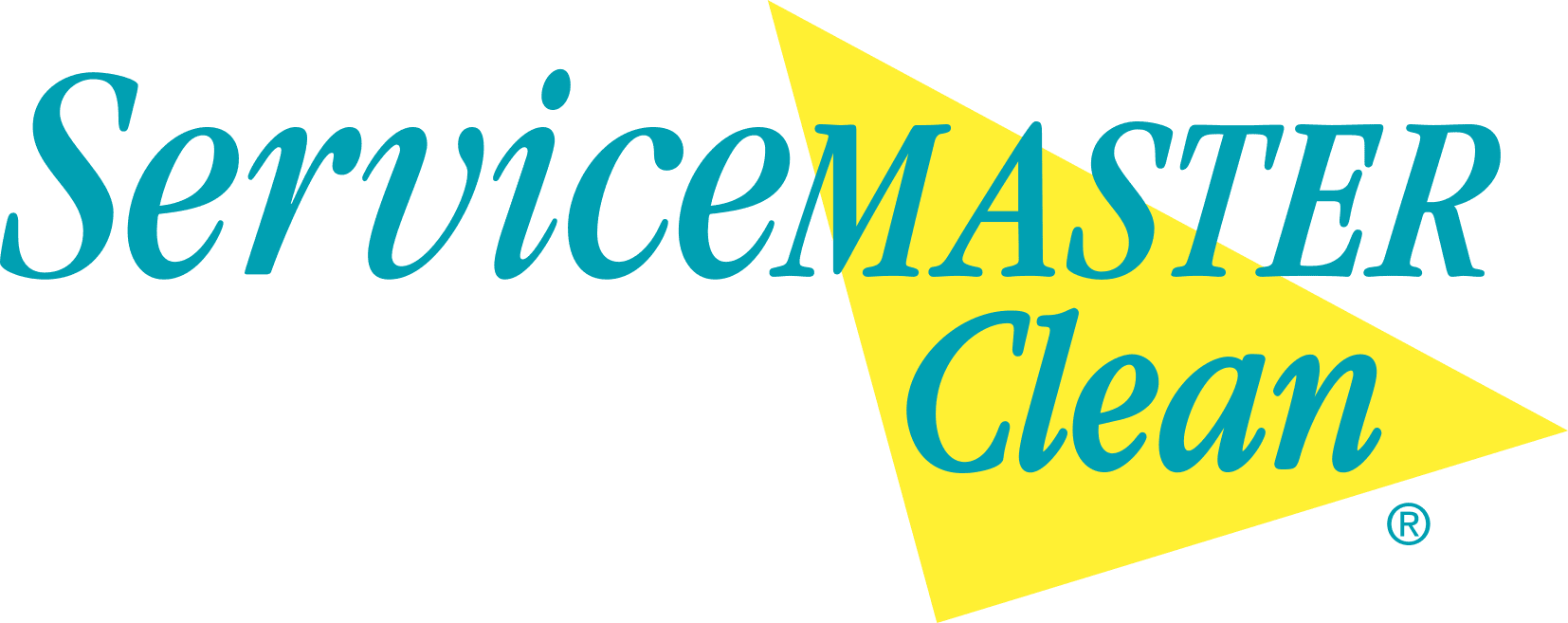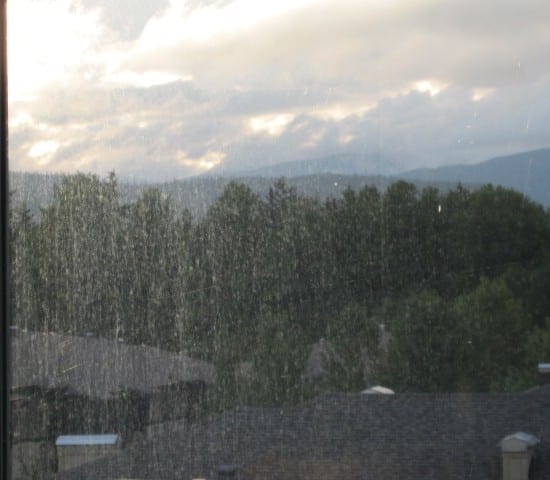What is a Clean Window?
A truly clean window starts with a scrub agitation to loosen dirt, then rinsing clean or cleaning away with a squeegee.
Many believe squeegee cleaning to be the professional window cleaning method with the best results; myself included. I started cleaning windows in 2003 when I moved to Vancouver, and was taught some simple things about cleaning windows that hold true today, including: what is necessary for the customer to have a truly clean window, and what is the accepted ‘industry standard’ for clean glass.
A truly clean window involves 2 things:
1) Professionally clean the outside of the glass.
scrub with the applicator all the exterior glazing, top to bottom to loosen the dirt
clean away with the squeegee
check edges for drips
2) The INSIDE SURFACE must also be cleaned. Looking at the photos, you can see that the outside is cleaned, but there are still drippy marks down the surface of the glass. Checking the inside, it is noted that this is on the inside surface, and can be wiped away easily with a cloth. This is a reminder that no matter how well the outside surface is cleaned, the window will still look dirty if the inside has not been cleaned as well.
Accepted Industry Standard for Clean Windows
The way it was explained to me by a respected leader in our industry, was that all the glazing should be cleaned, with no more than a pinky finger width of drip or run down each side of the glazing.
This is because when the water is squeegeed away, some water may remain on the rubber gasket and rundown along the edge of the glass.
Since people look through their windows rather than AT the glass, unless something blocks their view and draws attention to the glass itself, then all glass in the middle must be completely clean and clear, but if a small amount runs down each side (less than a pinky finger nail width), then this should still be acceptable. Often times, that water doesn’t appear until after the worker has moved on. Waiting in front of each pane long enough to check would considerably slow down the process and add to the cost charged to the customer.



